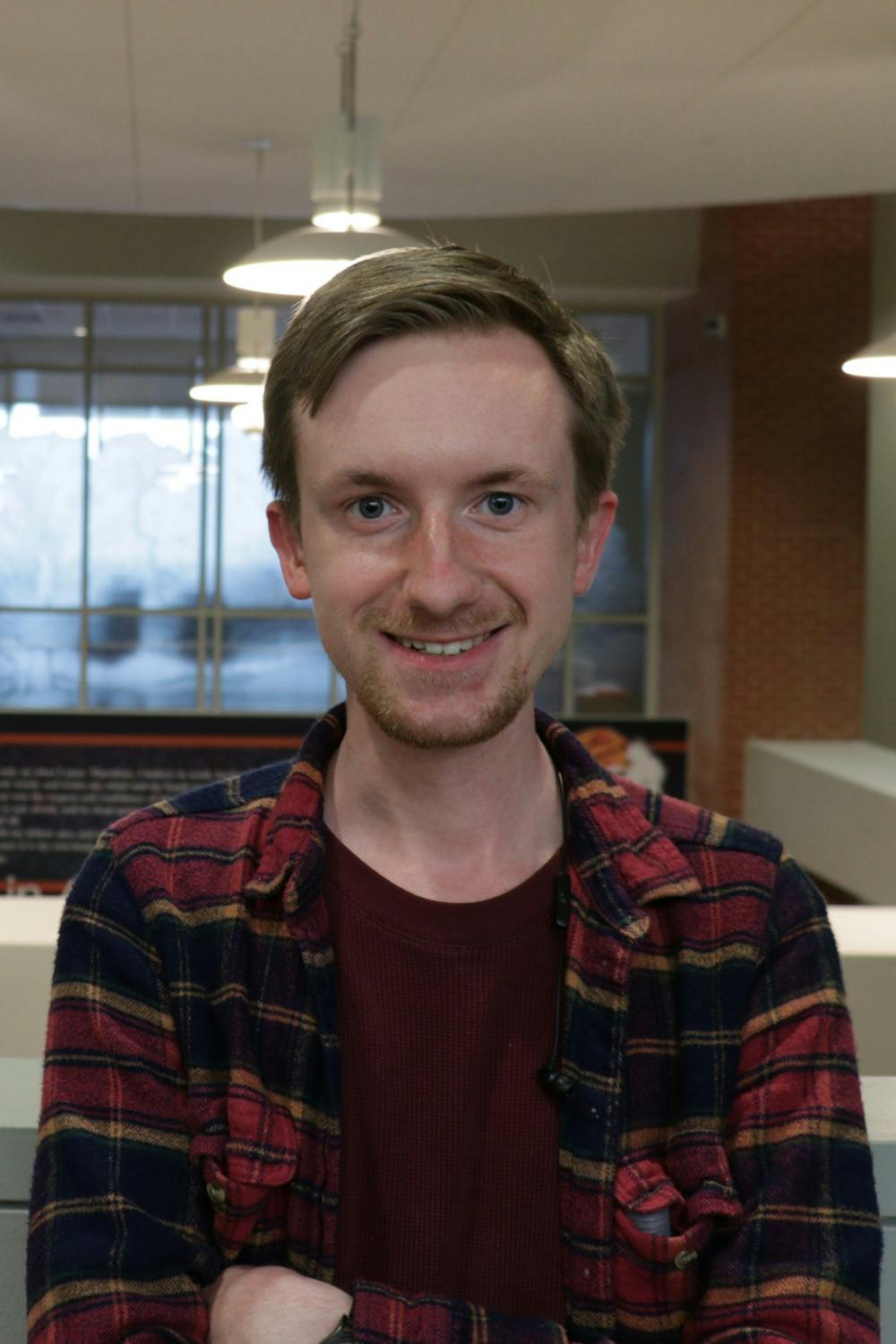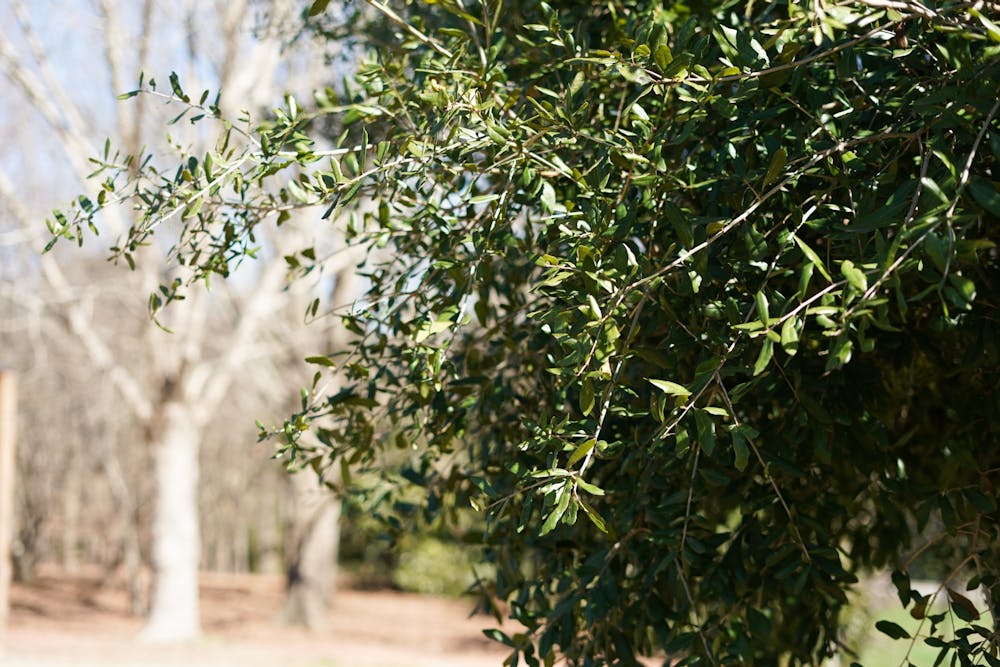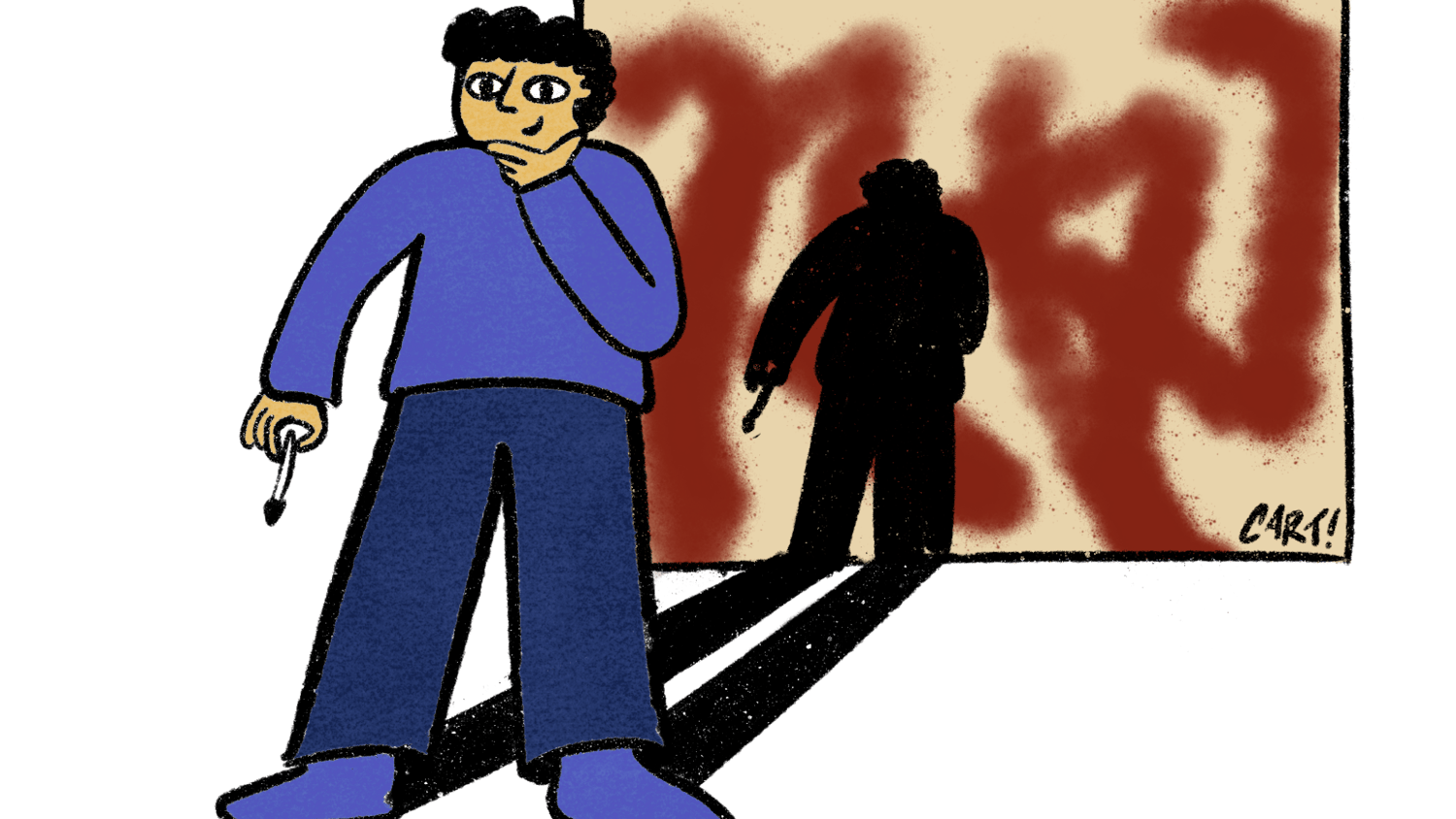Just over 10 years ago, the Southern live oaks at Toomer's Corner were poisoned and a decades-old Auburn icon that students, faculty, alumni and fans had known and loved was no more. Leslie Goertzen, associate professor in the department of biological sciences, said he was particularly stricken with grief because of his background in botany and plant evolutionary biology.
"Everyone wanted to help somehow but [we] were struggling to respond in a positive way, really," Goertzen said. "Back then, I had the idea of the genome project because it would be a constructive approach. It would be a lasting and fitting tribute to these beloved trees and it would have a lot of spin-off benefits for the campus, too."
Goertzen's goal was to sequence the genome of the over 130-year-old trees, as no species of live oak has been genetically decoded and his hope was this would "enshrine [the original Toomer's Oaks] in the annals of science," he said. The first genetic sequence of a species is known as a "reference sequence" and is used by geneticists when researching future specimens of an organism, so Goertzen wanted the Toomer's Oaks to be the baseline for other such oaks.
In 2011, this process was much more cost-prohibitive to complete, Goertzen said, but technological advances since then have brought the idea within financial reach. Goertzen and Alex Harkess, associate professor in the department of crop, soil and environmental sciences, decided to reintroduce the project as part of this year's Tiger Giving Day, where donors last month funded $10,770 out of the $10,000 needed to achieve the sequencing process.
Goertzen said much has changed, especially in the past two years with what researchers can achieve through genetic sequencing.
"At this point in time, we can produce an incredibly high-quality sequenced genome of what we call 'chromosome-scale resolution', an end-to-end type of genome sequence," he said. "The fundamental technology that has been the game-changer is an approach that is referred to as single-molecule sequencing. This allows us to produce very, very long pieces of DNA, tens of thousands of base pairs long with nowadays high accuracy."
To sequence the live oak genome, Goertzen and his colleagues will use frozen or live tissue from a sample of the Toomer's Oaks to extract DNA. Clones of the original oak trees exist near the University in a location only shared with those who work closely with the trees, like Goertzen and Harkess. The living clones exist largely because of the work of Gary Keever, a retired Auburn professor of horticulture who served as a spokesperson for the oaks after their death at Toomer's Corner, Goertzen said.
"These are not offspring or seedlings from those trees," Goertzen said. "This is the actual living tree that's just been rerooted and sprouted and growing into a new tree. We can take fresh leaf tissue from these trees to form the DNA extraction."
The University will partner with HudsonAlpha, a Huntsville, Alabama-based biotechnology research institute, to complete the project. Harkess is jointly employed at HudsonAlpha as a faculty investigator.
"Interestingly, quite a bit of the analysis will be performed here in Auburn," Goertzen said. "Auburn has a couple of different supercomputers and it's the super-high parallel capacity computing clusters that are needed to assemble a genome nowadays."
After the live oak genome is sequenced, Goertzen and Harkess are looking to work with other university campuses in the Southeast, like Louisiana State University, with culturally significant live oak trees that have not been sequenced.
"We'll use the project for outreach opportunities given the intense public interest in these trees and their meaning to the Auburn Family particularly," he said. "It'll be a great way to engage younger students in topics like sequencing, genomics and genetics, and other STEM issues as well. I think the investment in the project will pay us back many times over."
With their completed findings, Goertzen and Harkess are planning to offer a course during the fall 2021 semester where students can participate in data analysis and assembly of the live oak genome. The students will additionally have a role in authoring a publication on the project.
Currently, Goertzen said he and his colleagues are waiting for the first new leaves to grow on the cloned trees as spring approaches to extract the necessary DNA and begin the sequencing. They expect to have the first data set within the next month and will finish the project by summer.
"It is honestly quite humbling to have so many people pitch in to make a project like this happen," Goertzen said. "At the same time, [it's] a great privilege to be able to give back something of meaning and value to so many."
Do you like this story? The Plainsman doesn't accept money from tuition or student fees, and we don't charge a subscription fee. But you can donate to support The Plainsman.

Tim Nail, junior in journalism, is the campus editor for The Auburn Plainsman.





